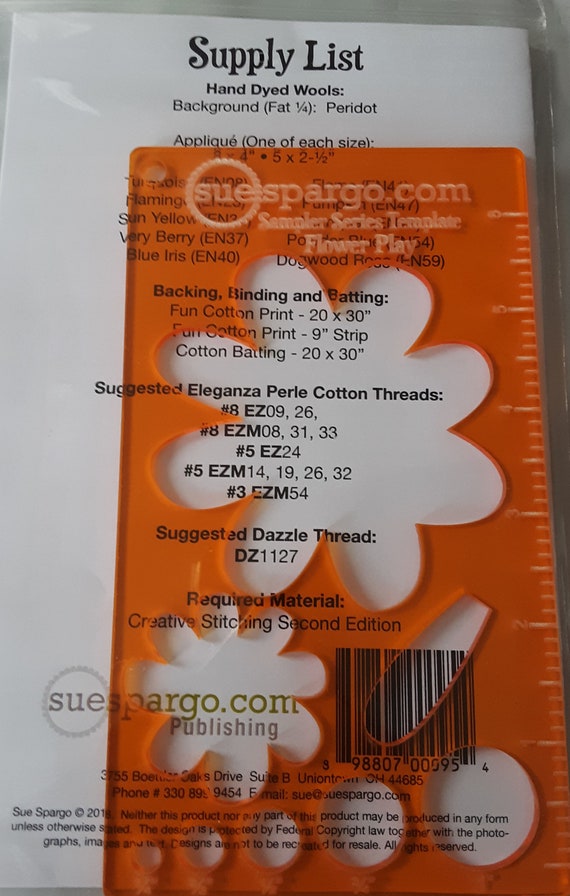
The rally is televised and is popular with TV viewers.Įven this small railbus is related to the draisine

In Finland, an annual competition Resiina-ralli (translates "Draisine Rally") involves several draisine teams travelling many days on the railways from one corner of the country to another.

In the United States, railbike tours have operated in several states nationwide: Maine, Oregon, the Adirondack Mountains of upstate New York, and Delaware. Several companies rent draisines in Sweden. "Draisines", called dressin in Swedish, dresin in Norwegian, dræsine in Danish, and resiina in Finnish, refers to pedal-powered rail-cycles which were used by railroad maintenance workers in Finland, Sweden, and Norway until about 1950, as handcars were elsewhere.ĭraisines nowadays are used for recreation on several unused railway lines in Germany, Sweden, Norway, Poland, some other European countries and South Korea. 1 Dressin, velorail, trolley, or railbike.It is the first reliable claim for a practically used precursor to the bicycle, basically the first commercially successful two-wheeled, steerable, human-propelled machine, nicknamed hobby-horse or dandy horse. The eponymous term is derived from the German inventor Baron Karl Drais, who invented his Laufmaschine ( German for "running machine") in 1817, which was called Draisine in German ( vélocipède or draisienne in French) by the press. For the original form powered by foot, see dandy horse.Ī draisine ( English: / d r eɪ ˈ z iː n/) is a light auxiliary rail vehicle, driven by service personnel, equipped to transport crew and material necessary for the maintenance of railway infrastructure. This article is about auxiliary railcars regardless of propulsion. Vehicles that can be driven on both the highway and the rail line are called road-rail vehicles, or (after a trademark) Hy-Rails. In the United States, motor-powered draisines are known as speeders while human-powered ones are referred as handcars. Because of their low weight and small size, they can be put on and taken off the rails at any place, allowing trains to pass. Later, the name draisine came to be applied only to the invention used on rails and was extended to similar vehicles, even when not human-powered. The eponymous term is derived from the German inventor Baron Karl Drais, who invented his Laufmaschine (German for "running machine") in 1817, which was called Draisine in German (vélocipède or draisienne in French) by the press. A draisine (English: ) is a light auxiliary rail vehicle, driven by service personnel, equipped to transport crew and material necessary for the maintenance of railway infrastructure.


 0 kommentar(er)
0 kommentar(er)
